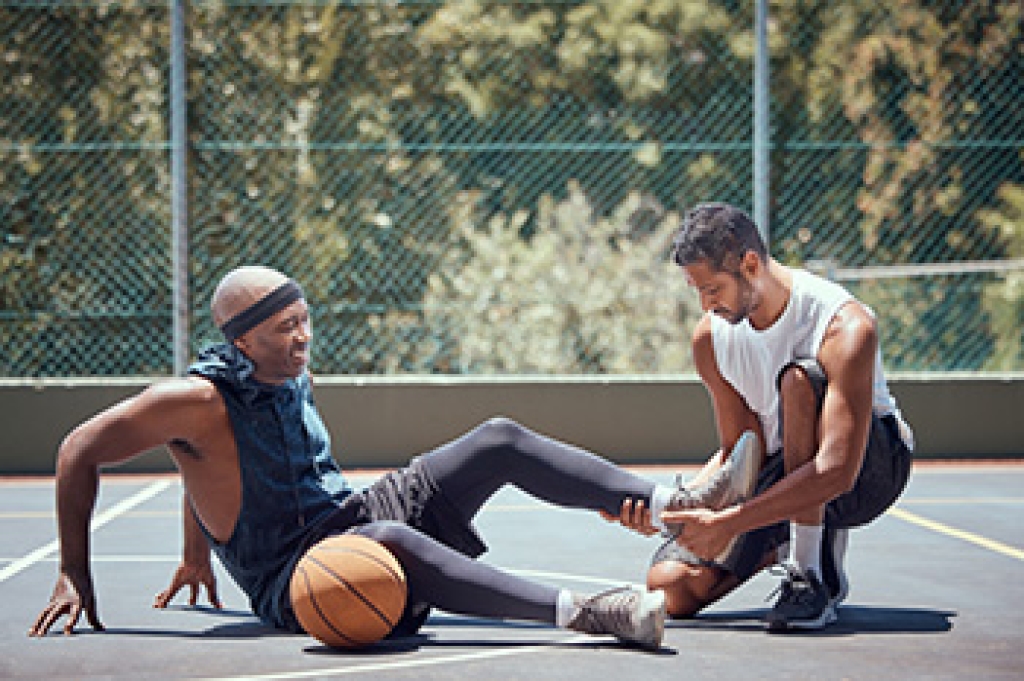
An Achilles tendon rupture can greatly affect the performance of basketball players. This injury often leads to decreased strength, slower movement, and reduced jumping ability, which are essential skills for high level play. Even after recovery, players may experience lingering weakness or stiffness that limits their ability to perform at their previous level. A podiatrist can play an important role in supporting long term recovery through detailed evaluations, personalized exercise plans, and guidance on proper footwear to enhance stability and prevent reinjury. With expert care, athletes can rebuild strength, improve mobility, and regain confidence on the court. If you are recovering from an Achilles tendon injury, it is suggested that you schedule a visit with a podiatrist who can guide you on effective recovery tips.
Achilles tendon injuries need immediate attention to avoid future complications. If you have any concerns, contact Shalonda Davidson, DPM of Instride Carolina Foot Care. Our doctor can provide the care you need to keep you pain-free and on your feet.
What Is the Achilles Tendon?
The Achilles tendon is a tendon that connects the lower leg muscles and calf to the heel of the foot. It is the strongest tendon in the human body and is essential for making movement possible. Because this tendon is such an integral part of the body, any injuries to it can create immense difficulties and should immediately be presented to a doctor.
What Are the Symptoms of an Achilles Tendon Injury?
There are various types of injuries that can affect the Achilles tendon. The two most common injuries are Achilles tendinitis and ruptures of the tendon.
Achilles Tendinitis Symptoms
- Inflammation
- Dull to severe pain
- Increased blood flow to the tendon
- Thickening of the tendon
Rupture Symptoms
- Extreme pain and swelling in the foot
- Total immobility
Treatment and Prevention
Achilles tendon injuries are diagnosed by a thorough physical evaluation, which can include an MRI. Treatment involves rest, physical therapy, and in some cases, surgery. However, various preventative measures can be taken to avoid these injuries, such as:
- Thorough stretching of the tendon before and after exercise
- Strengthening exercises like calf raises, squats, leg curls, leg extensions, leg raises, lunges, and leg presses
If you have any questions please feel free to contact our office located in Statesville, NC . We offer the newest diagnostic tools and technology to treat your foot and ankle needs.
